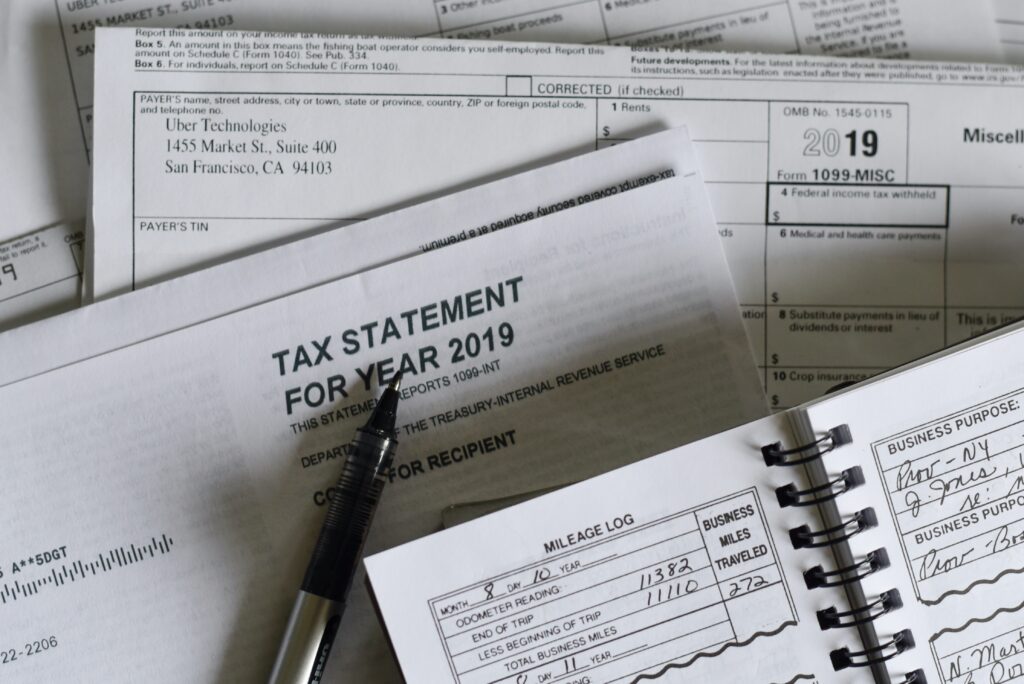
Introduction
As a taxpayer, it is important to stay on top of your tax obligations to the Internal Revenue Service (IRS). One of these obligations is making estimated tax payments throughout the year. In this article, we will discuss the IRS estimated tax payment dates, various payment options, late penalties, and how to calculate the amount you owe.
IRS Estimated Tax Payment Dates
The IRS requires taxpayers to make estimated tax payments if they expect to owe at least $1,000 in taxes after subtracting their withholding and refundable credits. These payments are typically made quarterly, and the due dates are as follows:
- April 15th
- June 15th
- September 15th
- January 15th of the following year
It’s important to note that if the due date falls on a weekend or holiday, the payment is due on the next business day.
Alternative IRS Payment Options
When it comes to making IRS tax payments, there are several options available:
- Electronic Funds Withdrawal (EFW): This option allows you to authorize the IRS to withdraw the funds directly from your bank account on the due date.
- Electronic Federal Tax Payment System (EFTPS): EFTPS is a free service provided by the U.S. Department of Treasury. It allows you to make tax payments online or by phone.
- Credit or Debit Card: You can also make a payment using a credit or debit card. However, keep in mind that there may be processing fees associated with this option.
- Check or Money Order: If you prefer to pay by mail, you can send a check or money order to the IRS. Be sure to include the payment voucher provided with Form 1040-ES.
Regardless of the payment option you choose, it’s essential to keep a record of your payment confirmation for future reference.
How to Make IRS Tax Payments
To make your IRS tax payments, follow these steps:
- Calculate the amount you owe using Form 1040-ES or the IRS’s online payment calculator.
- Select the payment option that works best for you.
- Provide the necessary information, such as your Social Security number, tax year, and payment amount.
- Submit the payment on or before the due date.
Remember, timely payment is crucial to avoid penalties and interest charges.
How to Calculate Your IRS Payments
Calculating your IRS payments requires some basic information and a few simple calculations. Here’s how you can do it:
- Gather your income and expense information for the tax year.
- Estimate your total tax liability for the year.
- Subtract your withholding and refundable credits from your estimated tax liability.
- Divide the remaining amount by four to determine your quarterly estimated tax payment.
Keep in mind that this is a simplified explanation, and it’s always a good idea to consult with a tax professional or use the IRS’s online payment calculator for a more accurate calculation.
Late Penalties
If you fail to make your estimated tax payments on time, you may be subject to penalties and interest charges. The IRS assesses a penalty based on the amount you owe and the number of days your payment is late. It’s important to pay your taxes promptly to avoid these additional costs.
Conclusion
Staying on top of your tax obligations is essential, and making timely estimated tax payments is a crucial part of that responsibility. Familiarize yourself with the IRS estimated tax payment dates, explore the different payment options available, and ensure you calculate the correct amount you owe. By fulfilling your tax obligations, you can avoid penalties and interest charges while maintaining a good relationship with the IRS.
